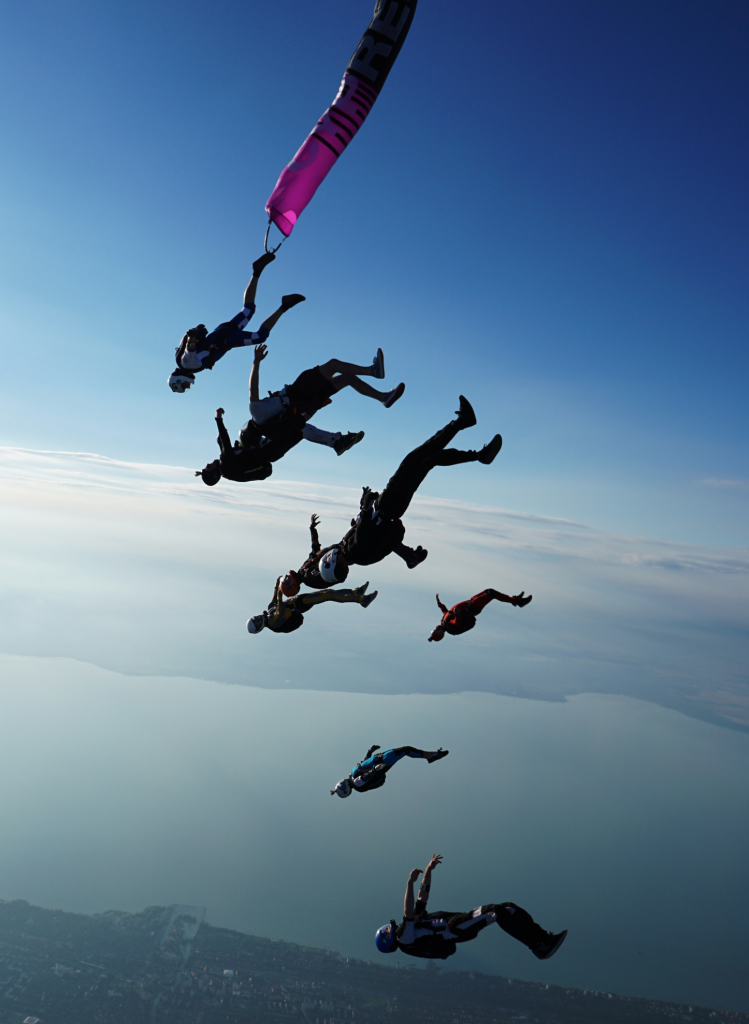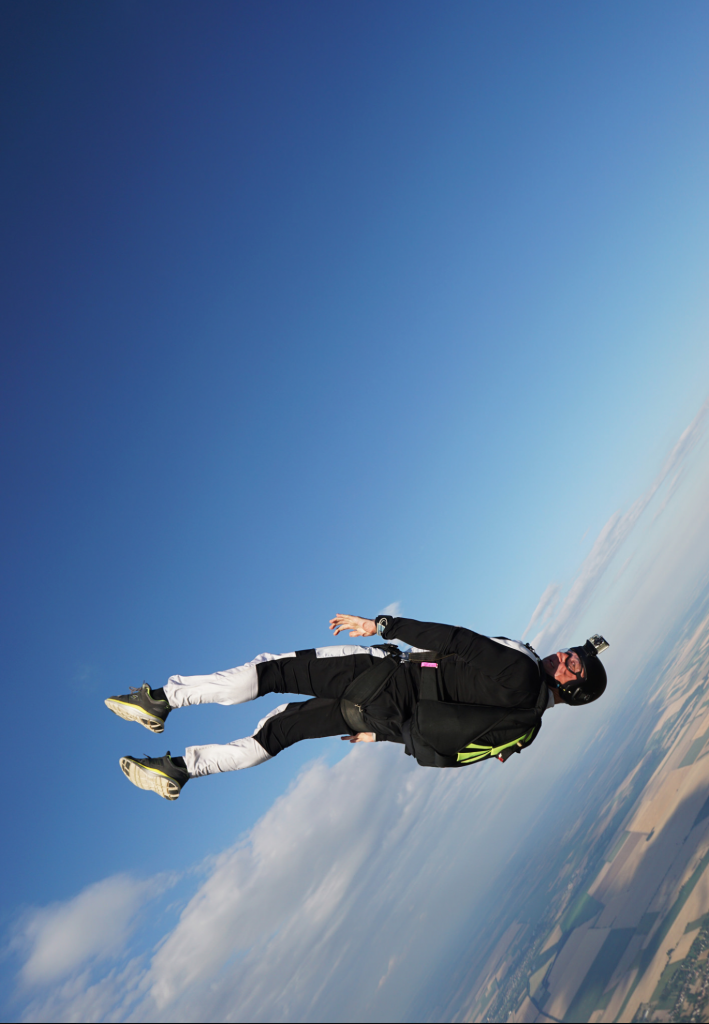Before you have invested the considerable time and effort to persuade your brain how to understand freefly properly it can all feel rather difficult. Witnessing highly accomplished flying in both the sky and the tunnel appears akin to magic, and the road to being able to do all that stuff yourself can seem very long indeed. However – the key to mastering the necessary skills is about breaking down complicated positions and challenging movements into manageable, digestible elements. As you learn you will start to recognise moves that you can do as being pieces of the overall puzzle – building blocks that you can assemble in a variety of ways to achieve different results.
Without proper guidance it can be difficult to take on board the amount of themes and concepts you are required to grasp, so hopefully this series of articles has offered up some insight into the methodology behind the ways we train. To get the most from your sessions with a coach it is important to not only understand what to do and how do it, but furthermore why you are doing it.

Now that we have looked at the individual body positions, here are some general tips to help with progression:
Slow Is Fast – The importance of being able to control your speed cannot be overstated. Mastery of a move is not the ability to do it fast but the ability to do the opposite- the slower you can do something the more your body is registering exactly what is happening with the surfaces you are using for control and the easier it is to inter the correct technique in your muscle memory. Low speed training is a very useful way to develop good technique as you must apply more of your body to the wind in order to make the positions work. Once you have practiced something enough the good technique should transfer though to higher speeds in the tube and on your skydives. Zoom!
Range – This begins with being able to do things as slowly as possible. Zooming flat out is no good if you cannot get there and back safely, and merely being able to go fast does not count as having mastered something. Being able to apply and remove speed with precision means you truly understand how the mechanics of how something really works.

Less Is More – The most efficient way to fly your body is to use all of it a little bit, rather than one part of it a lot. At the start of training a particular move or position the inputs might be exaggerated to emphasise the effect they have, but as you improve and work through the drills the goal is to use your body as effectively as possible. Pay attention to the very best flyers to see how conservative they are with the energy they expend in the tunnel. Aim to be as economical with your movements as you can.
Personal Goals – The only person you are trying to be better than is you. Learning to freefly properly takes a lot of time and effort and money. Everybody went through the same steps and recognises the same frustrations – some things you will get relatively quickly, whereas other will take more time. It can be inspiring to watch people that have been flying for years but also very frustrating. Try not to focus your too much on the huge goals – it is important to remember that every small step forwards is of equal value as they are what adds up the the whole.
Fill the Gaps – Being a truly good flyer is about breadth and depth. Try to resist letting your skillset lead you off by the nose in a single direction – instead use the training time and resources you have available to build your skills evenly. You may well be able to zoom like a motherfucker in a single position and a single direction, but once it gets like that it is all you are ever going to want to do at the expense of everything else. If this is already you then don’t think that revisiting weak areas is ‘going backwards’ – filling in any gaps in your abilities to bring them level is very much moving forwards. All the pieces matter.
